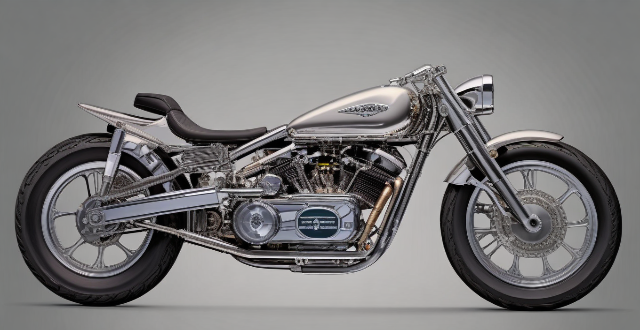Motors are crucial components of various mechanical systems, and understanding their types is essential for selecting the appropriate one for a specific application. Two common types of motors are internal rotor motors and external rotor motors. An internal rotor motor has its rotor located inside the stator, while an external rotor motor has its rotor located outside the stator. The main differences between these two types of motors include rotor location, torque output, cooling efficiency, maintenance accessibility, and application suitability. Understanding these differences can help in selecting the appropriate motor type for a given task.

Explaining the Differences between an Internal and External Rotor Motor
Motors are essential components of various mechanical systems, and understanding their types is crucial for selecting the appropriate one for a specific application. Two common types of motors are internal rotor motors and external rotor motors. In this response, we will delve into the differences between these two types of motors.
Internal Rotor Motor
An internal rotor motor has its rotor located inside the stator. The stator is the stationary part of the motor, while the rotor is the part that rotates. Here are some key characteristics of an internal rotor motor:
- The rotor is enclosed within the stator, which provides protection from environmental factors.
- It typically has a higher torque output compared to an external rotor motor of the same size.
- The design allows for efficient cooling of the rotor, which can improve performance and extend the lifespan of the motor.
- Due to the compact design, internal rotor motors are often used in applications where space is limited.
External Rotor Motor
On the other hand, an external rotor motor has its rotor located outside the stator. This design results in several distinct characteristics:
- The rotor surrounds the stator, making it more accessible for maintenance and repair.
- It generally has a lower torque output compared to an internal rotor motor of the same size.
- The larger surface area of the rotor can facilitate better heat dissipation, but it may also be more susceptible to environmental factors.
- External rotor motors are commonly used in applications where a larger diameter rotor is required, such as in certain types of electric vehicles or wind turbines.
Key Differences
Here is a summary of the main differences between internal and external rotor motors:
- Rotor Location: Internal rotor motors have their rotors inside the stator, while external rotor motors have their rotors outside the stator.
- Torque Output: Internal rotor motors generally produce higher torque than external rotor motors of the same size.
- Cooling Efficiency: Internal rotor motors often have better cooling due to their compact design, while external rotor motors may have better heat dissipation due to their larger surface area.
- Maintenance Accessibility: External rotor motors offer easier access for maintenance and repair since the rotor is not enclosed within the stator.
- Application Suitability: Internal rotor motors are suitable for space-constrained applications, while external rotor motors are ideal for applications requiring a larger diameter rotor.
In conclusion, the choice between an internal and external rotor motor depends on the specific requirements of the application, such as torque needs, space constraints, and maintenance considerations. Understanding these differences can help in selecting the appropriate motor type for a given task.